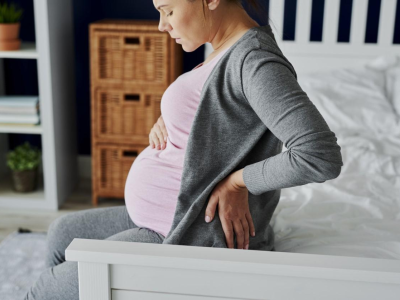Through government programs that included the expansion of the Supplemental Nutrition Assistance Program (SNAP), food insecurity among low-income US adults dropped by nearly 5% during the pandemic but rose by 2022, according to a study today in the Annals of Internal Medicine.
The findings were based on results from the 2019, 2021, and 2022 National Health Interview Survey (NHIS), a nationally representative survey from the National Center for Health Statistics; 2020 was excluded due to pandemic-related restrictions on conducting the survey. Adults aged 18 and older were included in the survey, and low-income adults were those with household incomes at or below 200% of the federal poverty limit.
Food insecurity was defined as three or more affirmative responses on the US Adult Food Security Survey Module for the past 30 days.
The researchers found the prevalence of food insecurity decreased from 34.6% in 2019 to 21.6% in 2021. Food insecurity among SNAP participants rose again in 2022 (though not to prepandemic levels), to 27.0%.
The political window to strengthen and leverage SNAP as a dual-pronged intervention to reduce food insecurity and promote health is now.
The findings were counter to the hypothesis that the pandemic would have increased food insecurity. Instead, child tax credits, stimulus checks, and SNAP expansion provided a buffer for low-income adults.
In an editorial on the study, authors write the drop in food insecurity during the pandemic is a case for permanent expansions of SNAP.
"The political window to strengthen and leverage SNAP as a dual-pronged intervention to reduce food insecurity and promote health is now," they wrote.













